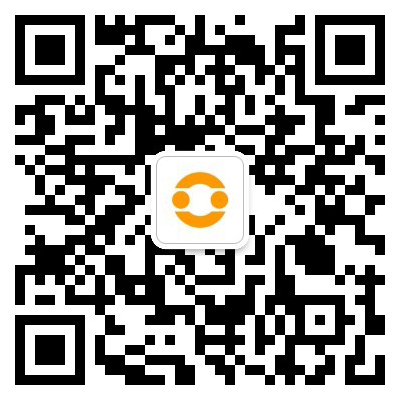I still remember the first time I encountered a digital identifier like 31991199—it was during a late-night debugging session at my old tech job. Back then, I was just a junior developer, staring at lines of code that seemed like gibberish, but that string of numbers? It felt like a tiny key to a massive, invisible world. Over the years, I\’ve seen how these identifiers shape everything from our online identities to global systems, and mastering them isn\’t just about tech skills; it\’s about understanding the pulse of our digital lives. Let\’s dive in, because whether you\’re a coder, a business owner, or just someone navigating the web, this stuff matters more than you might think.
So, what exactly is 31991199? At its core, it\’s a unique digital identifier—a sequence of digits that acts as a fingerprint for data in cyberspace. Think of it like a social security number for devices or accounts, but way more versatile. In my experience, these IDs pop up everywhere: in databases tracking inventory, in APIs handling user authentication, or even in IoT gadgets buzzing in your smart home. They\’re the silent workhorses that keep the internet humming, ensuring that when you log into your bank app or stream a movie, the right information flows seamlessly. But here\’s the kicker—they\’re not just random numbers. Each one carries weight, embedding context about creation time, location, or permissions, which is why mishandling them can lead to chaos. I once saw a startup crumble because they treated their identifiers carelessly, exposing sensitive data in a breach that cost millions.
Mastering something like 31991199 starts with grasping its fundamentals. You need to see it as more than digits; it\’s a gateway to control. Begin by learning how identifiers are generated—often through algorithms that balance uniqueness and efficiency. For instance, in web development, tools like UUIDs or custom hashing functions create these strings, but the real art lies in implementation. I always advise beginners to start small: set up a mock project using Python or JavaScript, where you assign IDs to dummy users and simulate access controls. Play around with encryption too—adding layers like AES to shield them from prying eyes. It\’s hands-on practice that builds intuition, and trust me, after a few late-night coding sprints, patterns emerge that make complex systems feel intuitive.
Why bother putting in this effort? Because in today\’s hyper-connected world, digital identifiers are the bedrock of security and innovation. They prevent fraud by verifying identities, optimize supply chains by tracking goods, and even power AI predictions by linking datasets. But the stakes are high—weak identifiers invite hackers like moths to a flame. I recall consulting for a healthcare firm where a reused ID led to a ransomware attack, paralyzing patient care for days. To avoid that, adopt best practices: rotate keys regularly, implement multi-factor authentication, and always audit your systems. It\’s not just tech jargon; it\’s about safeguarding trust in an era where data is currency. Plus, as quantum computing looms, future-proofing these IDs with quantum-resistant algorithms is becoming essential—something I\’m experimenting with now in my own projects.
Beyond the technical side, there\’s a human element to this mastery. Identifiers like 31991199 reflect our digital footprints, raising ethical questions about privacy and ownership. Should companies hoard them? Or do users deserve more control? I\’ve debated this with colleagues over coffee, and it always circles back to balance. By educating yourself, you empower choices—like opting for decentralized IDs using blockchain, which puts power back in your hands. It\’s a journey, not a destination, and I encourage you to start today. Tinker, learn, and share insights; that\’s how we build a smarter, safer digital future together.
评论:
 微信扫一扫打赏
微信扫一扫打赏
 支付宝扫一扫打赏
支付宝扫一扫打赏

